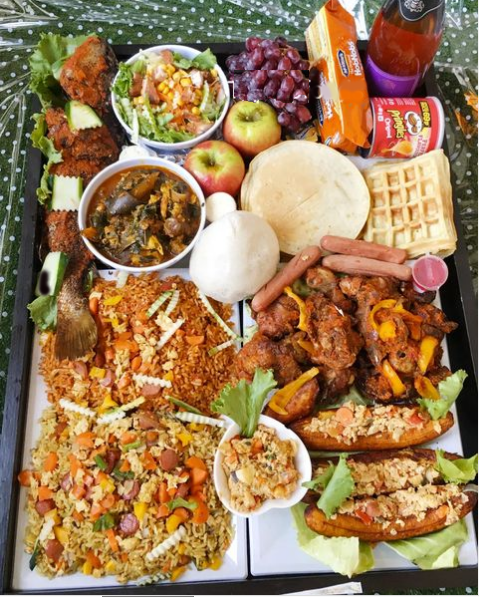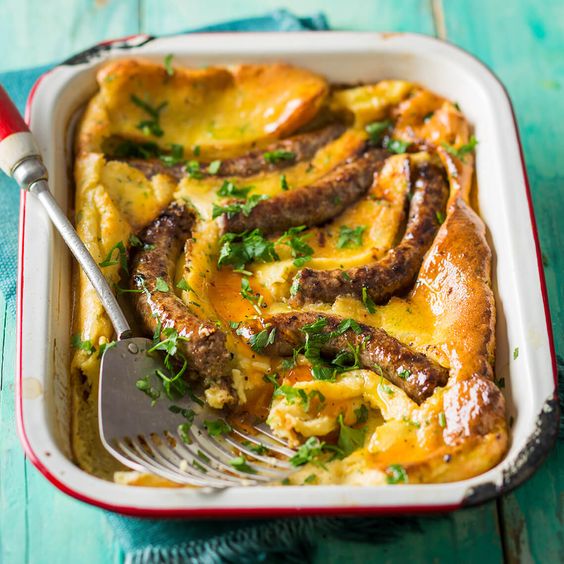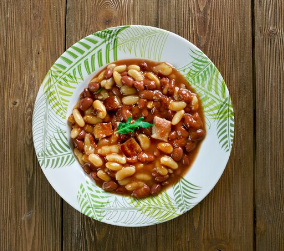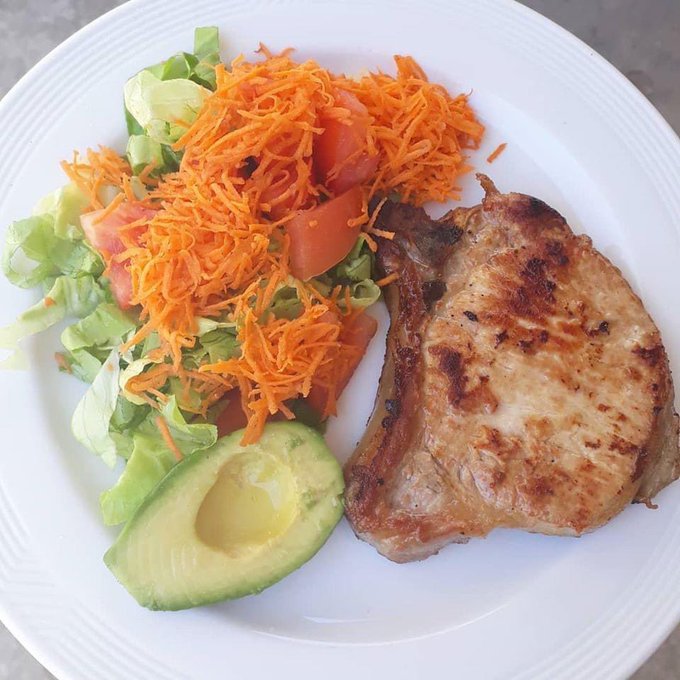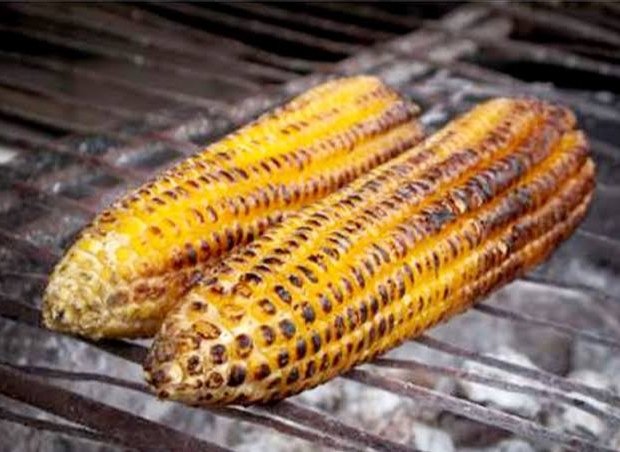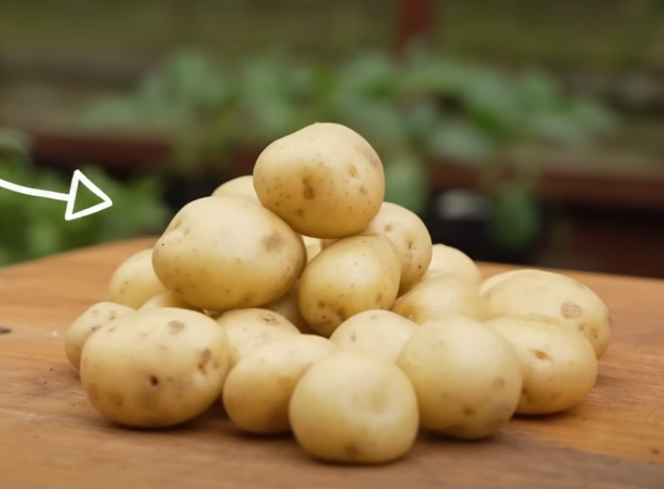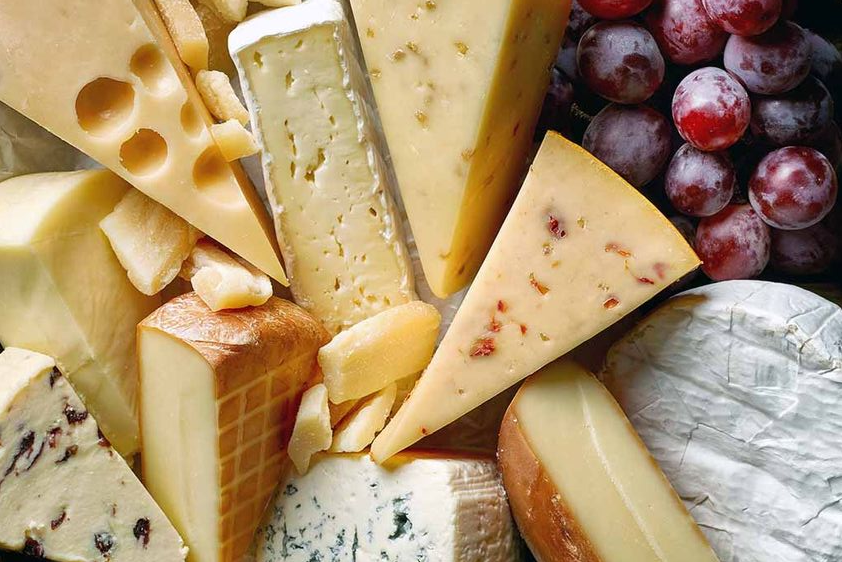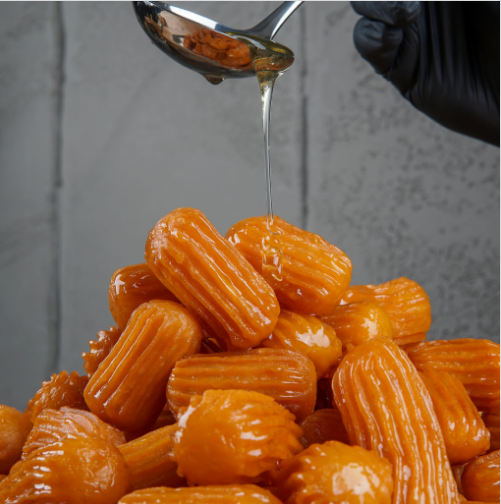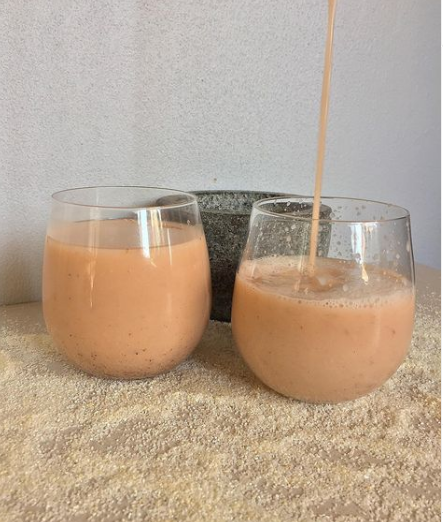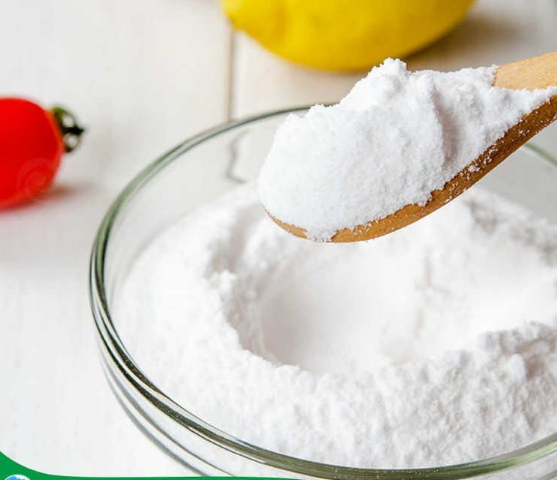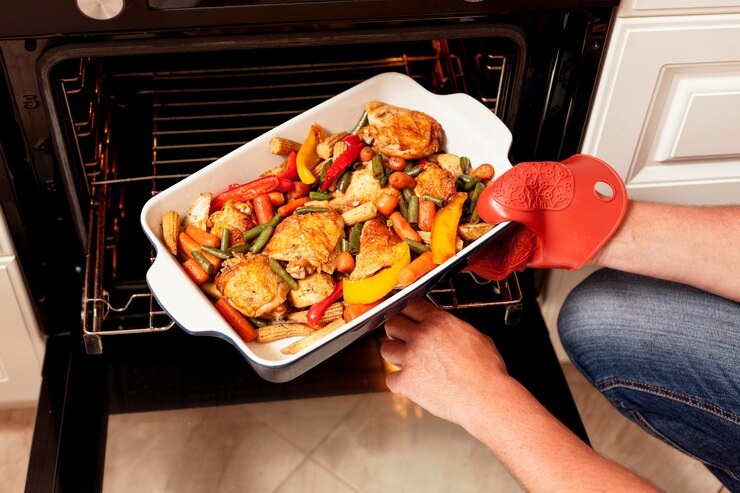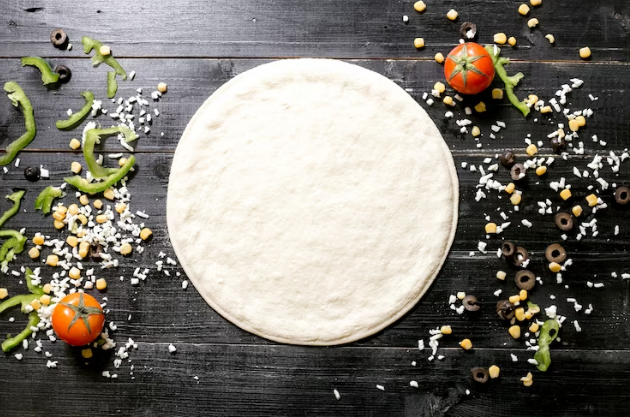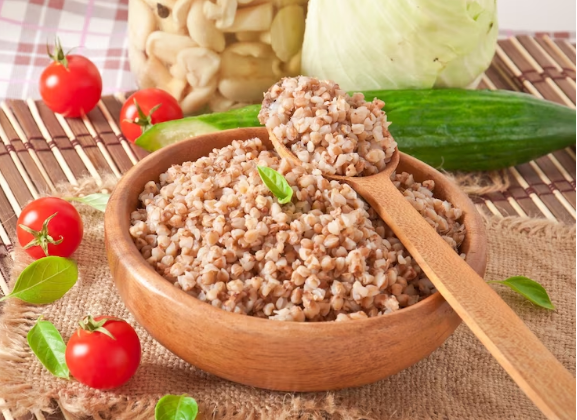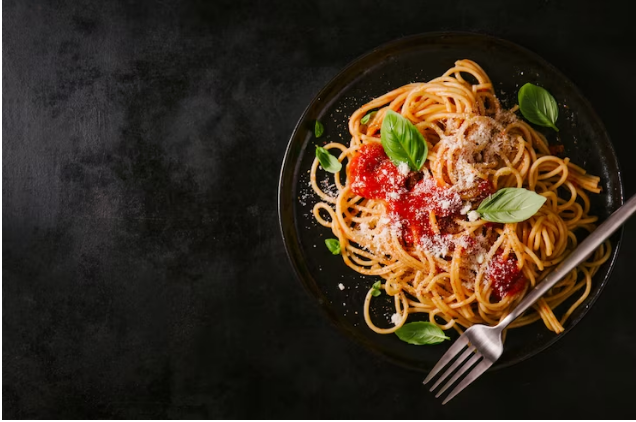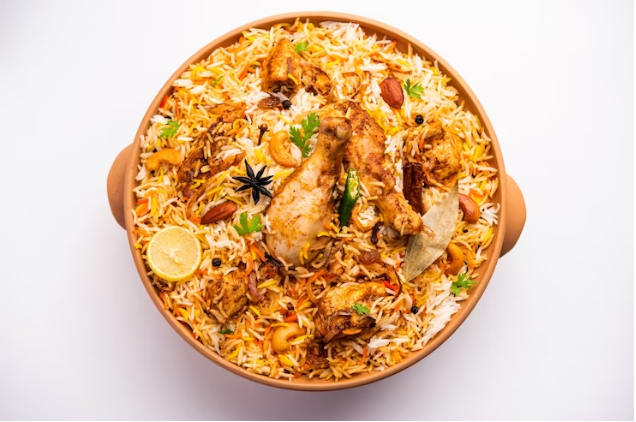
Fried rice is a beloved and versatile dish that has its origins in Asian cuisine. It is a delicious and satisfying way to utilize leftover rice while combining it with an array of vegetables, proteins, and seasonings. While the concept of fried rice is simple, achieving that restaurant-quality taste and texture can be a bit tricky. In this article, we will take you through a step-by-step guide on how to make the perfect fried rice right in the comfort of your own kitchen.
Do you cook the rice before frying it for fried rice?
Yes, you should cook the rice before frying it for fried rice. Using cooked rice is a crucial step in making fried rice, and it's recommended to use day-old rice for the best results.
Here's why using cooked rice is essential for making fried rice:
-
Texture: Day-old rice has slightly dried out, which helps to achieve the distinct texture of fried rice. The grains of cold rice are firmer and less sticky compared to freshly cooked rice. This prevents the fried rice from becoming mushy and allows the individual rice grains to remain separate.
-
Reduces Stickiness: Freshly cooked rice tends to be stickier, making it challenging to stir-fry without creating a clumpy mess. Cold rice has lower moisture content, reducing stickiness and making it easier to handle during the frying process.
-
Prevents Overcooking: When using freshly cooked rice, it can easily become overcooked and lose its shape during the frying process. Using pre-cooked rice ensures that the grains maintain their integrity while absorbing the flavors of the seasonings and other ingredients.
-
Reduces Cooking Time: Using pre-cooked rice significantly shortens the cooking time, as the rice only needs to be heated through and infused with the flavors of the other ingredients.
Cooking the rice before frying it for fried rice is a fundamental step that contributes to the dish's texture, taste, and overall success. It's best to plan ahead and cook the rice a day in advance or at least a few hours before making the fried rice.
Fried Rice Recipe - How To Make Fried Rice
Homemade fried rice is a delicious and versatile dish that can be customized to suit your taste preferences. By following these step-by-step instructions and using fresh ingredients, you can create restaurant-quality fried rice right in your own kitchen. Remember to be creative with the vegetables and proteins you use, and feel free to experiment with different seasonings to make your fried rice truly unique and flavorful. Enjoy your creation, and share the joy of this classic Asian dish with your friends and family!
Ingredients:
To make a delicious batch of fried rice, you will need the following ingredients:
- 2 cups of cooked and cooled long-grain rice (preferably day-old rice)
- 2 tablespoons vegetable oil (can also use peanut oil for added flavor)
- 2 large eggs, beaten
- 1 cup of mixed vegetables (carrots, peas, corn, bell peppers, etc.)
- 1/2 cup of diced onions
- 2 cloves of garlic, minced
- 1 cup of cooked and diced protein (chicken, shrimp, pork, or tofu)
- 2 tablespoons soy sauce
- 1 tablespoon oyster sauce (optional, but adds depth of flavor)
- 1 teaspoon sesame oil
- 1/2 teaspoon white pepper
- Salt to taste
- Sliced green onions and sesame seeds for garnish (optional)
Instructions:
-
Prepare the Rice:
- Use long-grain rice for the best texture. Rinse the rice under cold water until the water runs clear.
- Cook the rice following the package instructions. For the best results, use slightly less water than usual to keep the rice from getting too mushy.
- Once the rice is cooked, spread it out on a baking sheet or a large plate to cool down. It's essential to use cold rice for fried rice to prevent clumping.
-
Preparing the Ingredients:
- Dice all the vegetables and protein of your choice into small, uniform pieces to ensure even cooking.
- Beat the eggs in a bowl and set them aside.
- Mince the garlic and finely chop the onions.
-
Cooking the Fried Rice:
-
Heat the vegetable oil in a large skillet or wok over medium-high heat.
-
Add the beaten eggs to the hot oil and scramble them until they are just set. Remove the eggs from the skillet and set them aside.
-
In the same skillet, add a bit more oil if needed, and sauté the diced onions until they become translucent.
-
Add the minced garlic to the skillet and cook for another 30 seconds until it becomes fragrant.
-
Now, add the mixed vegetables and stir-fry them until they are tender-crisp. If using frozen vegetables, make sure they are thawed before adding them to the skillet.
-
Push the vegetables to one side of the skillet and add the diced protein to the empty space. Cook until the protein is heated through or fully cooked, depending on the type of protein used.
-
Add the cooled cooked rice to the skillet, breaking up any clumps gently. Toss the rice with the vegetables and protein, evenly distributing everything in the skillet.
-
-
Seasoning the Fried Rice:
- Pour the soy sauce, oyster sauce (if using), and sesame oil over the rice. Sprinkle the white pepper and a pinch of salt to taste.
- Use a spatula to mix everything thoroughly, ensuring the sauce and seasonings coat the rice evenly.
-
Finishing Touches:
- Return the scrambled eggs to the skillet with the fried rice, gently folding them in.
- Cook for an additional minute or two until everything is heated through.
-
Serving and Garnishing:
- Transfer the fried rice to serving plates or bowls.
- Garnish with sliced green onions and a sprinkle of sesame seeds for added freshness and texture.
11 Valuable Tips To Help You Achieve The Best Results When Making Fried Rice
-
Use Day-Old Rice: As mentioned earlier, it's essential to use cold, day-old rice for fried rice. Freshly cooked rice is too moist and can result in a clumpy, soggy dish. Cold rice keeps the grains separated and gives the fried rice a nice texture.
-
Prep Ingredients Beforehand: Prepare all your vegetables, protein, and seasonings before you start cooking. Fried rice is a quick dish to make, and having everything ready to go will ensure a smooth cooking process.
-
High Heat is Key: Use a hot pan or wok for frying. High heat helps to prevent the rice from getting mushy and allows you to achieve that desirable "wok hei" or smoky flavor characteristic of well-made fried rice.
-
Don't Overload the Pan: Fry the rice in batches if you're making a large quantity. Overcrowding the pan can lower the temperature and result in uneven cooking.
-
Create a Well in the Center: Before adding the rice to the pan, push the ingredients to the sides and create a well in the center. This allows the oil to pool, and when you add the rice, it will have more contact with the hot surface, enhancing its flavor.
-
Add Protein and Vegetables First: When stir-frying, cook the protein and vegetables first before adding the rice. This ensures that the meat is cooked through, and the vegetables are tender-crisp.
-
Use High Smoke Point Oil: Choose oils with a high smoke point, like vegetable oil or peanut oil, for stir-frying. These oils can withstand high temperatures without burning and impart a pleasant flavor to the dish.
-
Season Wisely: Be mindful of the amount of soy sauce or other seasonings you use, as too much can make the fried rice too salty. You can always add more seasoning later if needed.
-
Be Gentle with Stirring: While stir-frying, use a gentle tossing motion to mix the ingredients and avoid breaking the rice grains too much.
-
Customize to Your Taste: Don't be afraid to get creative with your ingredients. Fried rice is incredibly versatile, so you can use different proteins, vegetables, and seasonings to suit your preferences.
-
Garnish with Fresh Herbs: A touch of fresh herbs like chopped green onions, cilantro, or Thai basil can add a burst of freshness and color to your fried rice.
By following these tips and practicing a few times, you'll soon become a master of making delicious and flavorful fried rice at home. Happy cooking!
Conclusion
Homemade fried rice is a delicious and versatile dish that can be customized to suit your taste preferences. By following these step-by-step instructions and using fresh ingredients, you can create restaurant-quality fried rice right in your own kitchen. Remember to be creative with the vegetables and proteins you use, and feel free to experiment with different seasonings to make your fried rice truly unique and flavorful. Enjoy your creation, and share the joy of this classic Asian dish with your friends and family!
